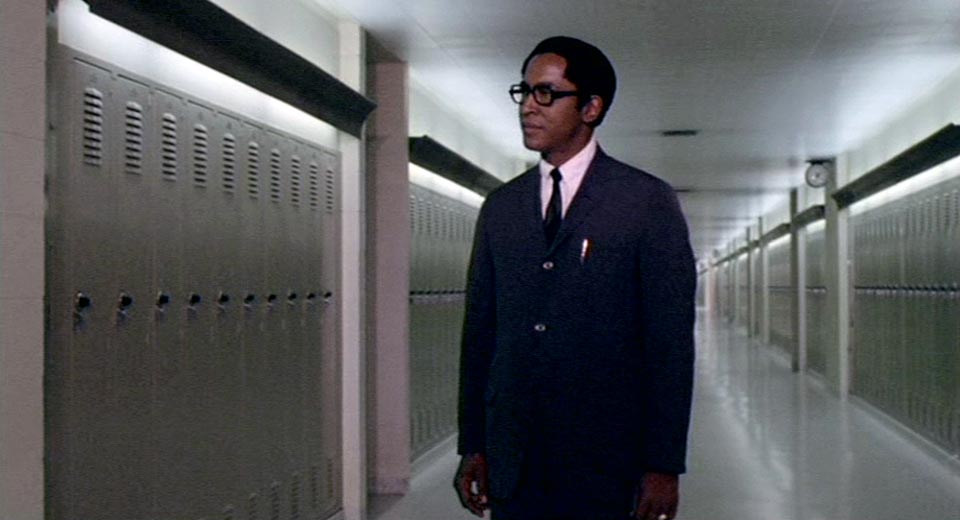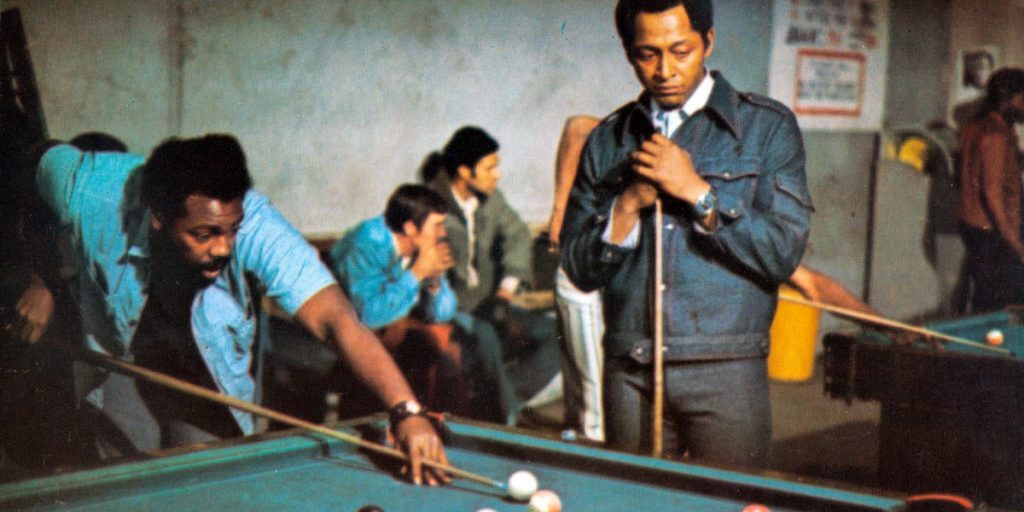The Spook Who Sat by the Door is an incendiary call to arms that compellingly illustrates revolutionary movements and feels as relevant as ever.
In the midst of a Civil Rights resurgence seen across the world, revisiting a film like The Spook Who Sat by the Door proves to be highly illuminating. Released in 1973 and based on a 1969 book of the same name by Sam Greenlee, Ivan Dixon’s blaxploitation classic is a furious and complex tale of revolution. Not only does it portray the lived reality of oppression, but the film itself was suppressed, having been removed from theaters upon its initial release. This provides a bitter irony to its commentary. History has a tendency toward obscuring art made by Black people and other marginalized communities, something the film is arguing against, yet it almost met the same fate as other pieces of revolutionary Black art. For decades the film was only available on bootleg video, until actor Tim Reid found the negative stored in a vault under a different name (check out this article from the Chicago Tribune on a making-of documentary about the film).
The Spook Who Sat by the Door tells the story of a Black man who applies to the CIA due to their new, “inclusive” hiring practices. While the CIA are told they must integrate, their true plan is to make the hiring process so difficult that none of the Black applicants end up meeting their standards. This speaks to very real discriminatory hiring practices that are still being performed today. However, what the CIA doesn’t expect is for one Black man, Dan Freeman (Lawrence Cook), to excel at every single challenge the agency throws at the applicants. He ends up being hired and is given a remedial job as the “Top Secret Reproduction Center Sections Chief” (he is in charge of the copy machine).

The entire first half hour of the film is a sly satirical comedy about tokenism, but once Freeman quits the CIA after working there for five years, the tone shifts as Freeman starts organizing a group of Freedom Fighters in his hometown of Chicago. The Spook Who Sat by the Door illustrates the training these men go under to become adept at guerilla warfare, before shifting once again into a furious but thoughtful rumination on revolutionary actions and specifically, the Civil Rights movement. One of the most potent of these scenes is when Freeman is talking with his old friend Dawson (J. A. Preston), who is now a police officer. Freeman correctly points out the cop’s role as protectors of private property, as a force designed to keep Black people subjugated. These ideas are incredibly hard-hitting and provide necessary context for why Freeman wants to battle against the powers that be.
One of the many remarkable things about the film is its humanizing portrayal of Black militants and militancy. American history still derides Black militant movements that rose during the Civil Rights movement of the 1960s, spotlighting Martin Luther King Jr.’s approach to protesting as the “correct” way and Black militancy as the “wrong” way. This simplistic approach to protesting speaks to the white supremacist nature of history, it is telling an oppressed population how to act, telling them what is acceptable. The Spook Who Sat by the Door is a strident outcry against white interpretation of the Civil Rights movement, against white people telling Black people how to act, and against white supremacy as a whole. The Spook Who Sat by the Door is a hallmark of the blaxploitation genre and is as astonishingly relevant now as it was in 1973. It deftly mixes humor and action to create a thought-provoking study on what it takes to fight for one’s rights. It is a thrill to watch, exciting, momentous, and compelling. An underseen marvel of the 70s.

